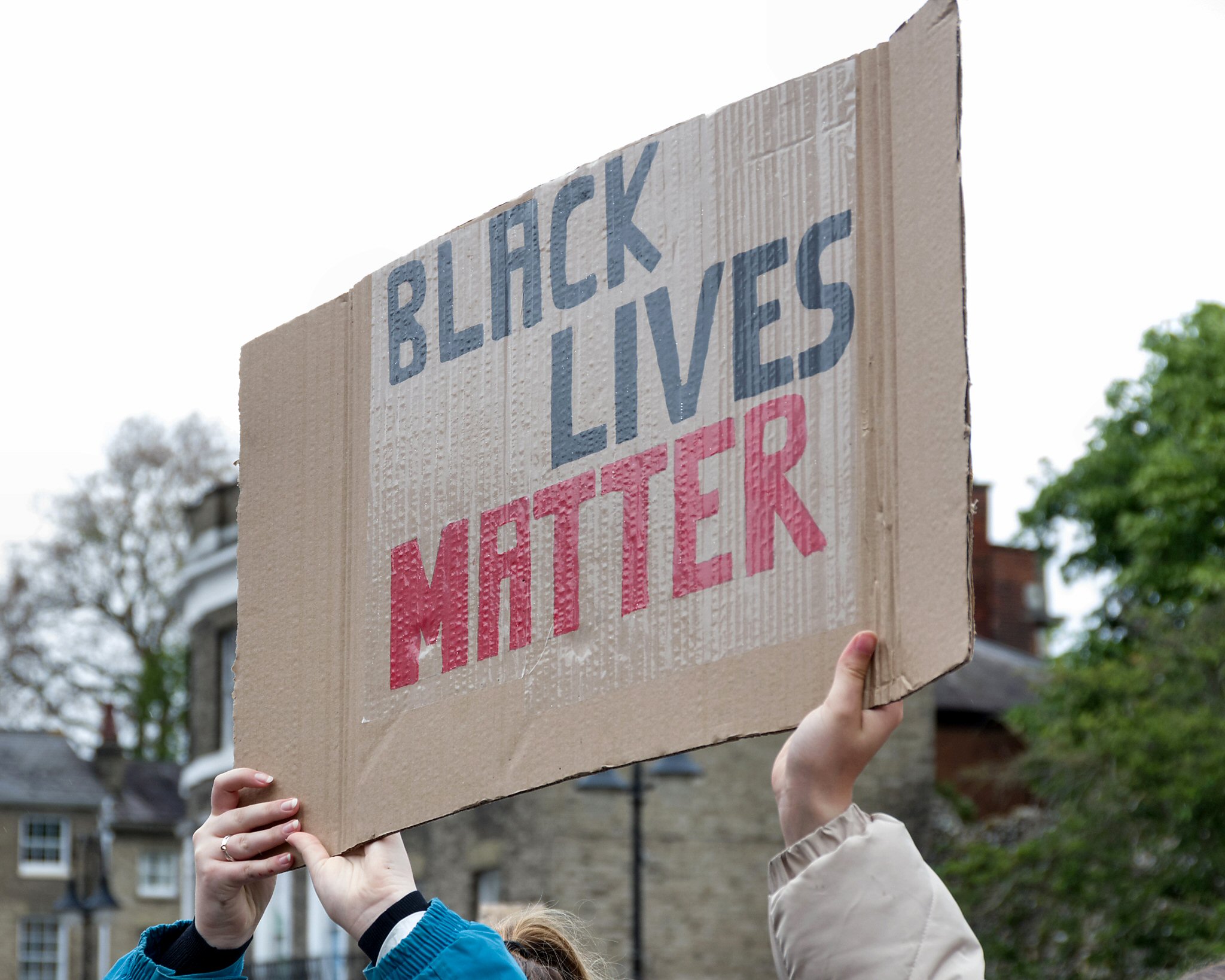
Court fines and fees are hardly new, however, their use has increased in recent years. New research from Ilya Slavinski and Becky Pettit suggests that law enforcement agencies have resurrected these “legal financial obligations” as an additional tool of punishment that targets and constrains the same groups of people that have been historically disadvantaged by incarceration.
Slavinski and Pettit analyzed data from 254 counties in Texas, a large, diverse state that collected over $1 billion in legal financial obligations in 2016.
Slavinski and Pettit found that Texas jurisdictions with high Republican voter affiliation issued monetary sanctions at a much higher rate than less conservative regions. This finding parallels prior research that links party identification with incarceration rates. Similarly, they noticed that heavy use of fines and fees was not associated with higher crime rates. This is consistent with research showing that some “tough on crime” policies are more closely tied to politics, race, and class than they are to crime control.
The researchers also found that legal fines and fees were disproportionately administered in predominantly Black and Latinx areas. This builds on previous research that has linked incarceration rates to perceptions of “racial threat.”
Slavinski and Pettit suggest that legal financial obligations are often used in combination with jail and prison time, rather than serving as an alternative to incarceration. This means that after people leave incarceration, they continue to be watched by authorities to ensure that they pay their legal financial obligations. By coupling prison sentences and legal fees in this way, the state has used legal debt to extend the surveillance and control of historically marginalized populations.









